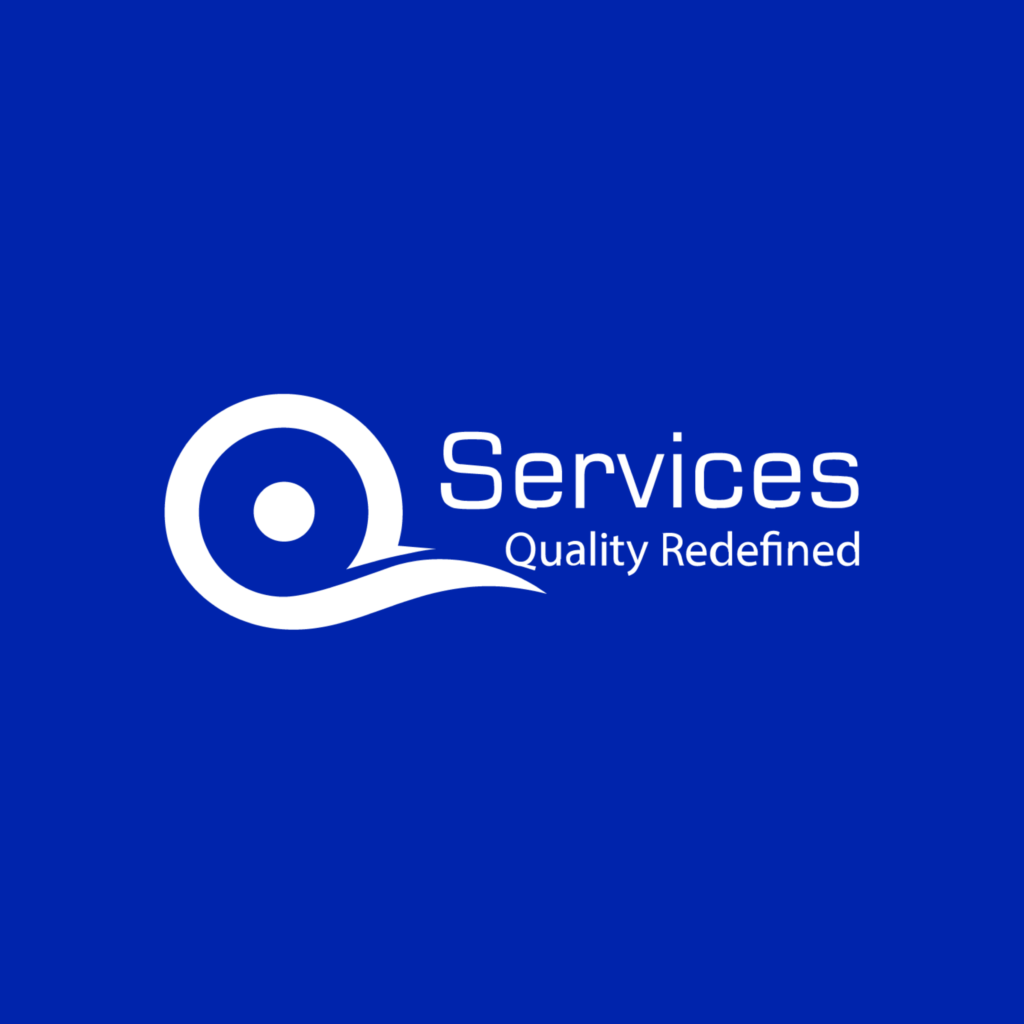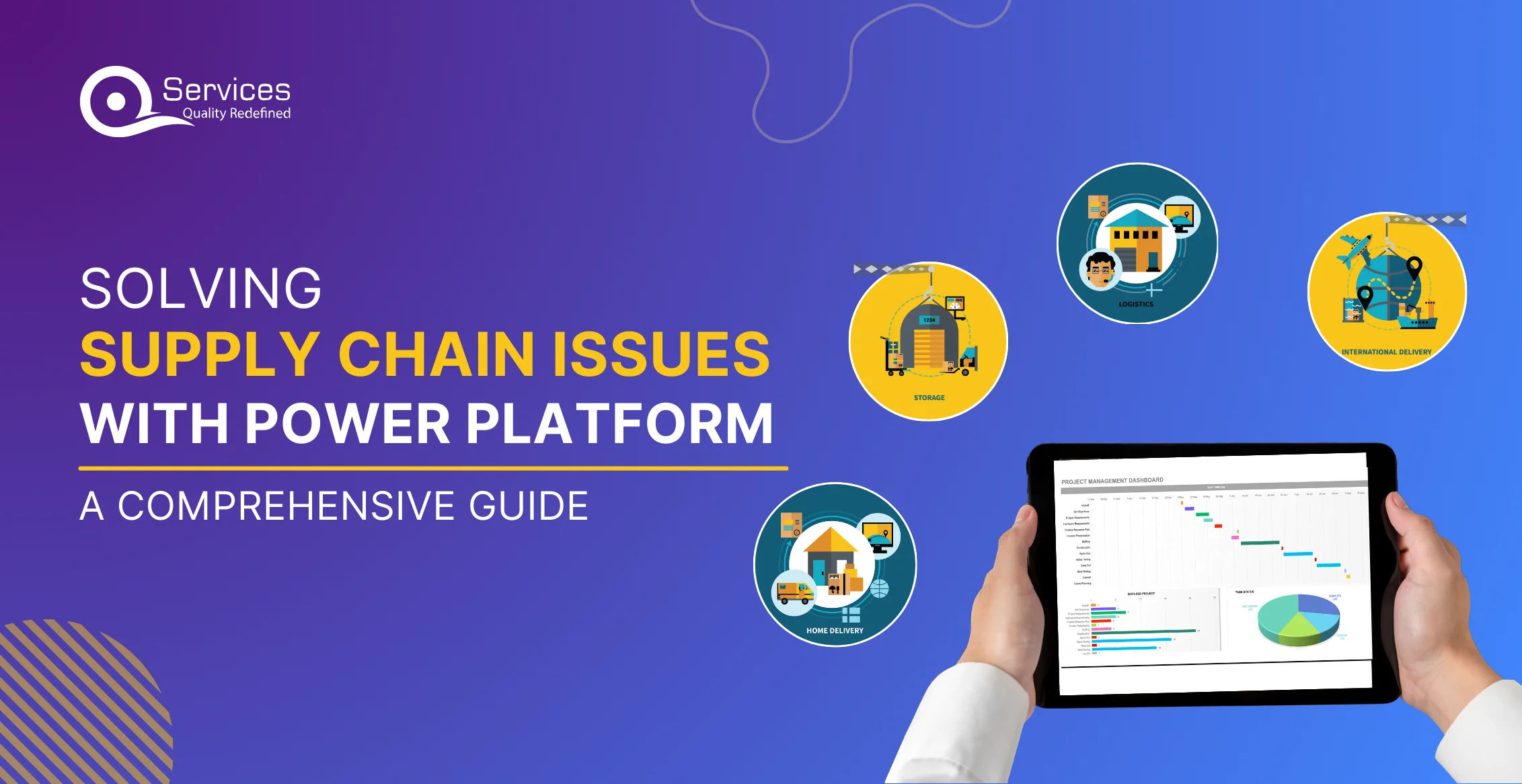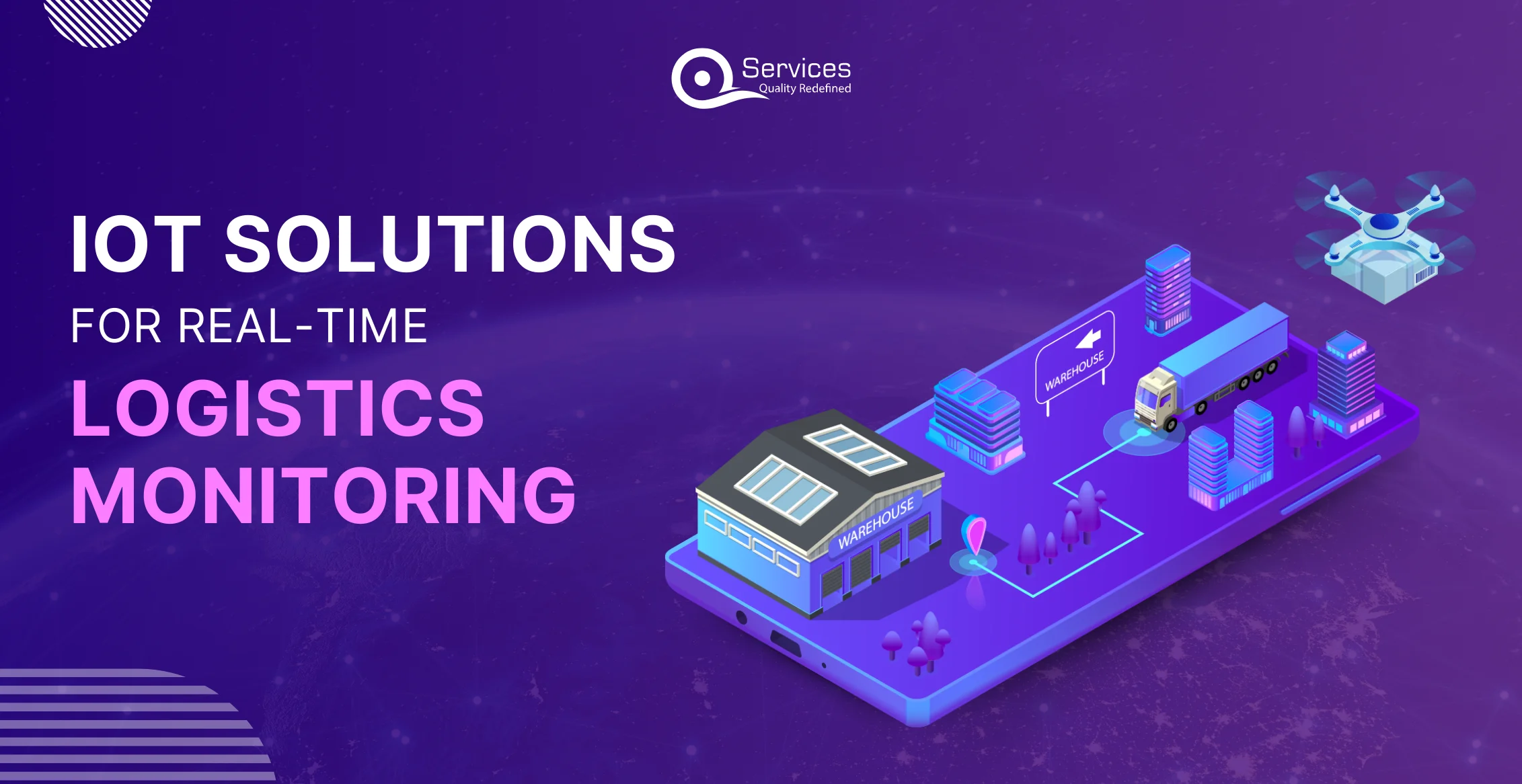
Rewards
.





CANADA
55 Village Center Place, Suite 307 Bldg 4287,
Mississauga ON L4Z 1V9, Canada
Certified Members:
.



“The Internet of Things is not just about connecting devices; it’s about connecting people, processes, data, and things to make networked connections more valuable than stand-alone devices.” – Chuck Robbins, CEO of Cisco
 Consider a manufacturing business that specializes in producing automobile components and incorporates IoT devices at every stage of the supply chain, from manufacturing to distribution. Real-time performance monitoring by sensors on production equipment minimizes downtime by notifying workers of possible problems before they become critical.
Moreover, IoT-enabled inventory systems track raw materials and finished products, ensuring efficient management and traceability. Delivery trucks equipped with IoT devices optimize routes based on real-time data, reducing fuel costs and ensuring timely deliveries. This seamless integration of IoT enhances visibility, efficiency, and agility, exemplifying how technology transforms supply chain management, enabling companies to respond swiftly to market demands and streamline operations for optimal performance.
To further enhance accessibility and usability, companies are increasingly investing in IoT mobile app development. These dedicated mobile applications allow users to monitor and control IoT devices remotely, empowering them to make informed decisions on-the-go and ensuring seamless integration of IoT into daily operations.
Consider a manufacturing business that specializes in producing automobile components and incorporates IoT devices at every stage of the supply chain, from manufacturing to distribution. Real-time performance monitoring by sensors on production equipment minimizes downtime by notifying workers of possible problems before they become critical.
Moreover, IoT-enabled inventory systems track raw materials and finished products, ensuring efficient management and traceability. Delivery trucks equipped with IoT devices optimize routes based on real-time data, reducing fuel costs and ensuring timely deliveries. This seamless integration of IoT enhances visibility, efficiency, and agility, exemplifying how technology transforms supply chain management, enabling companies to respond swiftly to market demands and streamline operations for optimal performance.
To further enhance accessibility and usability, companies are increasingly investing in IoT mobile app development. These dedicated mobile applications allow users to monitor and control IoT devices remotely, empowering them to make informed decisions on-the-go and ensuring seamless integration of IoT into daily operations. Get free Consultation and let us know your project idea to turn into an amazing digital product.
 The foundational elements of IoT in Supply Chain Management encompass a range of sophisticated devices and technologies:
The foundational elements of IoT in Supply Chain Management encompass a range of sophisticated devices and technologies:
 Considering supply chain management, where even the smallest detail can significantly impact operational efficiency, the integration of IoT technologies, particularly in IoT supply chain management, has emerged as a game-changer. It empowers you with the ability to monitor the location, condition, and movement of goods in real time, facilitating swift decisions and actions to ensure the seamless flow of the supply chain.
Considering supply chain management, where even the smallest detail can significantly impact operational efficiency, the integration of IoT technologies, particularly in IoT supply chain management, has emerged as a game-changer. It empowers you with the ability to monitor the location, condition, and movement of goods in real time, facilitating swift decisions and actions to ensure the seamless flow of the supply chain.
The integration of IoT devices within supply chain processes marks a transformative shift, enhancing efficiency, accuracy, and real-time data accessibility in IoT and supply chain management. Here’s a breakdown of how it operates:
Firstly, through automation and control, IoT devices like RFID tags and sensors are seamlessly integrated across various supply chain touchpoints. This enables the collection, transmission, and analysis of real-time data, streamlining oversight and organization, particularly in transportation logistics.
Secondly, real-time monitoring and tracking facilitated by IoT devices embedded in products, vehicles and warehouses offer invaluable insights throughout the supply chain which helps businesses with dynamic asset tracking and monitoring capabilities.
Moreover, IoT devices enhanced transparency and traceability by facilitating the tracking of raw materials across global supply chains which offers transparency and transforms supply chain management practices, particularly in remote container management. IoT integration revolutionizes inventory management by enabling the collection of real-time data, thereby enhancing visibility and accuracy. This automation reduces manual labor and transforms warehouse management that drives productivity gains.
The foundational elements of IoT in Supply Chain Management encompass a range of sophisticated devices and technologies:
These encompass a diverse array of tools such as sensors, RFID tags, GPS trackers, and temperature sensors, which actively collect and transmit crucial data points across the supply chain.
IoT plays a significant role in logistics by enabling the continuous tracking and monitoring of assets. Utilizing GPS technology and other sensory devices, it furnishes real-time insights into the condition, location, and movement of shipments and packages.
IoT integration within Supply Chain Management drives automation, fostering improved operational efficiency and enhanced forecasting capabilities. By interconnecting various supply chain data points, it optimizes inventory management, augments visibility, and empowers predictive maintenance protocols.
Leveraging data gleaned from sensors affixed to machinery and equipment, IoT facilitates predictive maintenance practices. Through predictive analytics, potential failures are anticipated and addressed proactively, curtailing downtime and minimizing maintenance expenses.
IoT reshapes inventory management by streamlining processes and mitigating stockouts. For example, Walmart leverage RFID technology to meticulously track inventory, strengthening accuracy, and refining replenishment procedures.
IoT’s integration with Big Data analytics furnishes real-time visibility into shipments and inventory. This enables comprehensive analysis, fostering transparency, traceability, and security enhancements vital for optimizing Supply Chain Management performance.
IoT’s synergy with cloud computing, mobile technology, and internet networks heralds transformative shifts in supply chain and logistics management. By interconnecting systems through various technologies, including sensors and trackers, it facilitates seamless product tracking and delivery management.
Considering supply chain management, where even the smallest detail can significantly impact operational efficiency, the integration of IoT technologies, particularly in IoT supply chain management, has emerged as a game-changer. It empowers you with the ability to monitor the location, condition, and movement of goods in real time, facilitating swift decisions and actions to ensure the seamless flow of the supply chain.
IoT facilitates live monitoring and tracking of assets, providing immediate insights into the location, condition, and movement of goods. This real-time visibility enables proactive decision-making and rapid response to any disruptions or delays, thereby reducing operational inefficiencies and enhancing supply chain agility.
Supply chain management acts as the engine driving efficient inventory control, ensuring products are consistently available without the headache of overstocking or shortages. Through precise demand forecasting and prompt deliveries, it avoids the exasperating scenarios of empty shelves or an overwhelming surplus. Additionally, its real-time tracking functionality guarantees items are precisely where they should be, precisely when they’re needed.
IoT environmental sensors are used to continuously monitor storage conditions, including temperature, humidity, and pressure. These sensors can automatically adjust these environmental parameters based on real-time data. This capability of IoT ensures the maintenance of product integrity and quality by minimizing the risk of spoilage or damage during storage and transportation.
Utilizing predictive maintenance, IoT devices monitor equipment conditions to foresee potential failures, prompting timely maintenance actions to prevent costly downtime and extend equipment lifespan. Additionally, IoT-enabled route optimization tracks vehicle locations in real time, facilitating efficient route planning, reducing fuel consumption, and improving delivery timelines. By automating tasks, IoT minimizes manual labor and human error, enhancing process efficiency and accuracy. Moreover, IoT-driven data collection and analysis empower informed decision-making, resulting in improved operational efficiency, cost reductions, and increased productivity throughout the supply chain network.
Improved Customer Relationship Management (CRM) is achieved through IoT-powered tracking systems. These systems allow customers to check the status of their orders in real time, promoting openness and trust. By giving precise and prompt updates, the IoT boosts customer happiness and loyalty, leading to an overall better customer experience.
By leveraging predictive maintenance capabilities, IoT sensors, and data analytics, IoT supply chain solutions detect potential issues in advance, allowing proactive risk management to prevent disruptions. With the help of real-time alerts and insights, supply chain managers can swiftly devise flexible contingency plans, effectively mitigating risks and ensuring uninterrupted operations, even during challenging circumstances.
Using IoT data and analytics, supply chain managers can gain important information about how well their supply chain works. This information helps them find where they can make things better and plan ways to do it. Whether it’s finding better routes for shipping or predicting how much product is needed, using IoT for these improvements makes the supply chain work better, cost less, and keeps getting better over time.

With the widespread use of IoT devices, significant amounts of data are collected, emphasizing the critical need for robust security measures. These measures should include encryption, access control, and advanced threat detection to safeguard against unauthorized access, data breaches, and the potential risks of financial or reputational harm.
Successfully implementing and managing IoT systems requires a workforce with specialized skills. Warehouse staff and drivers need training to understand how to operate and maintain IoT devices effectively. However, finding and retaining personnel with the necessary expertise in IoT technologies can be challenging, particularly given the global shortage of skilled professionals in this field.
The proliferation of IoT devices results in a significant increase in data volume generated by sensors and devices across the supply chain. Managing and storing this vast amount of data efficiently requires robust server infrastructure and effective data governance policies to ensure data integrity, accessibility, and compliance with regulations.
IoT devices rely on power sources to operate continuously, posing challenges in managing energy consumption, particularly in environments with thousands of interconnected devices. Optimizing energy usage, enhancing battery life, and implementing low-energy communication protocols are critical to ensuring the sustainability and longevity of IoT deployments.
Implementing IoT solutions comes with significant initial expenses, encompassing the purchase of IoT devices, setting up infrastructure, and training employees. These upfront investments can pose challenges, particularly for small to medium-sized enterprises or startups operating within constrained financial boundaries. Therefore, meticulous budgeting and strategic planning are imperative to validate the long-term advantages and return on investment associated with adopting IoT technologies.
Begin with a thorough assessment of your organization’s needs, goals, and current setup. Lay out a clear plan for adopting IoT technology, focusing on strong security measures like data encryption, regular updates, and safe communication channels.
Get support from significant people across different parts of your organization. Build a team that includes people from different areas to oversee the IoT rollout and encourage teamwork. Train your staff well in using IoT tools or hire outside experts to help.
Navigate the landscape of IoT devices and platforms judiciously, aligning with organizational requirements and scalability needs. Emphasize cloud storage for streamlined data management and enforce robust data governance policies for integrity, accessibility, and compliance.
Allocate resources towards training and skill development initiatives aimed at arming your workforce with the essential know-how to efficiently handle, oversee, and sustain IoT systems. Offer continual training and assistance to foster continual growth and adaptability to changing technological landscapes.
Monitor the performance and impact of IoT implementations regularly. Collect feedback from users, assess key performance indicators (KPIs), and identify areas for improvement. Iterate on your IoT deployments and implement continuous optimization strategies to maximize ROI and achieve long-term success. Plan for scalability to manage costs effectively, ensuring that budgeting and strategic planning efforts are aligned with long-term advantages and return on investment associated with adopting IoT technologies.
Integrating IoT services is crucial for enhancing supply chain visibility and management. With IoT, businesses gain real-time tracking of goods and improved decision-making capabilities. However, challenges such as data security, workforce expertise, data scalability, energy efficiency, and initial investment hurdles need attention. When choosing IoT service providers, prioritize those proficient in strong security measures, workforce training programs, cloud-based data storage, and ongoing optimization efforts. By addressing these concerns, organizations can reduce costs, improve long-term performance, and maintain a competitive edge in the logistics industry.

Our Articles are a precise collection of research and work done throughout our projects as well as our expert Foresight for the upcoming Changes in the IT Industry. We are a premier software and mobile application development firm, catering specifically to small and medium-sized businesses (SMBs). As a Microsoft Certified company, we offer a suite of services encompassing Software and Mobile Application Development, Microsoft Azure, Dynamics 365 CRM, and Microsoft PowerAutomate. Our team, comprising 90 skilled professionals, is dedicated to driving digital and app innovation, ensuring our clients receive top-tier, tailor-made solutions that align with their unique business needs.

AI is shaking up logistics and supply chain management like never before. A Marketsand Markets report predicts that the AI in supply chain market will soar from $730 million in 2020 to a whopping $10.1 billion by 2025, with a CAGR of 45.3%. This explosive growth shows just how powerful AI can be in making operations more efficient, cutting costs, and improving decision-making.

supply chains are facing more challenges than ever before. Issues like shipment delays, material shortages, and workforce gaps constantly threaten efficiency and reliability. These problems also drive-up costs and hinder progress towards sustainable energy solutions. Recent studies show that 72% of companies experienced delivery delays,

The Internet of Things (IoT) is transforming logistics by connecting physical objects and sensors to the internet, enabling real-time data collection and exchange. The IoT facilitates improved supply chain management by providing instant updates on the location and condition of goods in transit. It highlights the various benefits of IoT in logistics
Dynamics 365 Customer Insights is a platform that unifies customer data from various sources to enable personalized interactions and experiences across sales, marketing, and service teams.
Dynamics 365 Customer Insights allows businesses to leverage rich customer data to create personalized content and communications that resonate with everyone.
Yes, Dynamics 365 Customer Insights seamlessly integrates with current systems and third-party applications, ensuring smooth data flow and utilization throughout the organization.
By enabling personalized experiences and proactive engagement, Dynamics 365 Customer Insights helps businesses retain customers and build long-term relationships.
By providing real-time analytics and insights, Dynamics 365 Customer Insights enables businesses to monitor market trends and customer behavior, facilitating agile decision-making and adaptation.
Schedule a Customized Consultation. Shape Your Azure Roadmap with Expert Guidance and Strategies Tailored to Your Business Needs.
.





55 Village Center Place, Suite 307 Bldg 4287,
Mississauga ON L4Z 1V9, Canada
.




Founder and CEO

Chief Sales Officer
